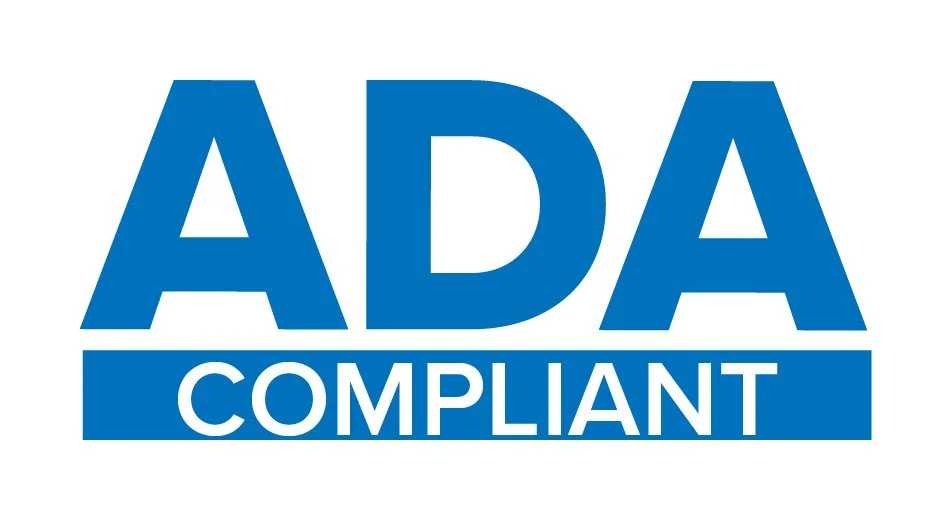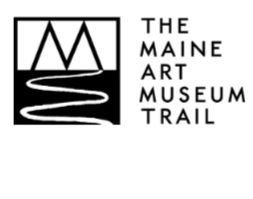23rd Annual Native American Festival & Basketmakers Market
/The Native American Festival and Basketmakers Market will celebrate 23 years on July 9, 2016, from 10 am to 4 pm at College of the Atlantic (COA). The Festival is free and open to the public and features the celebrated Native arts market, Native music, dance, storytelling, craft demonstrations, and delicious food. A collaborative partnership between the Abbe Museum, the Maine Indian Basketmakers Alliance (MIBA), and COA, the Festival offers visitors, collectors, and gallery owners the opportunity to buy directly from the artists.
“This will be my 12th year participating in the Festival, as a jewelry vendor,” said Donna Brown, Penobscot, who attended the 2015 Festival as an Abbe Museum Wabanaki Artist Fellow. “This festival brings together a blend of creativity, culture, and sharing of knowledge that is surrounded by the joyous energy of vendors, festival organizers, volunteers, collectors of Native American art, and visitors from around the world. The support and exposure that I have received by attending this festival have greatly influenced my career as an artist, and as a result, I have been able to move forward with confidence, as well as the knowledge, that there is a great market for Native American jewelry.”
The Festival itself began in 1989 at the Abbe and moved around to several locations in town before landing at COA. The location on the ocean-front grounds of the college allowed the Festival to grow, with ample space for vendors and parking for many more guests. This nationally renowned Indian Market features exquisite handcrafted Wabanaki ash and sweet grass baskets, wood and stone carvings, jewelry, beadwork, dolls, and other handcrafted items representing the beauty and culture of the Maliseet, Micmac, Passamaquoddy, and Penobscot people of Maine and the Maritimes. For many visitors, this is a rare opportunity to meet the artists and learn about contemporary Wabanaki arts and cultures from Maine and the Maritimes.
MIBA, as part of its mission to preserve and extend the art of basketmaking within the Wabanaki communities, is responsible for bringing in dozens of new, “next generation” basketmakers and their families to the event. Many of these talented basketmakers first got their start at the Festival over the 23 years it has been in Bar Harbor.
From a bow-drill fire starting demonstration to children’s storytelling to a Mosquito Dance to a Wabanaki cuisine demonstration to a regalia making demonstration to a silent auction, there is undoubtedly something for everyone at the Native American Festival. Proceeds support the non-profit teaching and apprenticeship programs of MIBA.
Parking is limited, and public transportation is available. Visitors are encouraged to use the free Island Explorer bus system which stops at COA. The grounds of the College of the Atlantic are handicap accessible.
About Maine Indian Basketmakers Alliance
The Maine Indian Basketmakers Alliance is a nonprofit Native American arts service organization focused on preserving and extending the art of basketmaking within Maine’s Native American community. MIBA seeks to preserve the ancient tradition of ash and sweetgrass basketmaking among the Maliseet, Micmac, Passamaquoddy, and Penobscot tribes. www.maineindianbaskets.org









